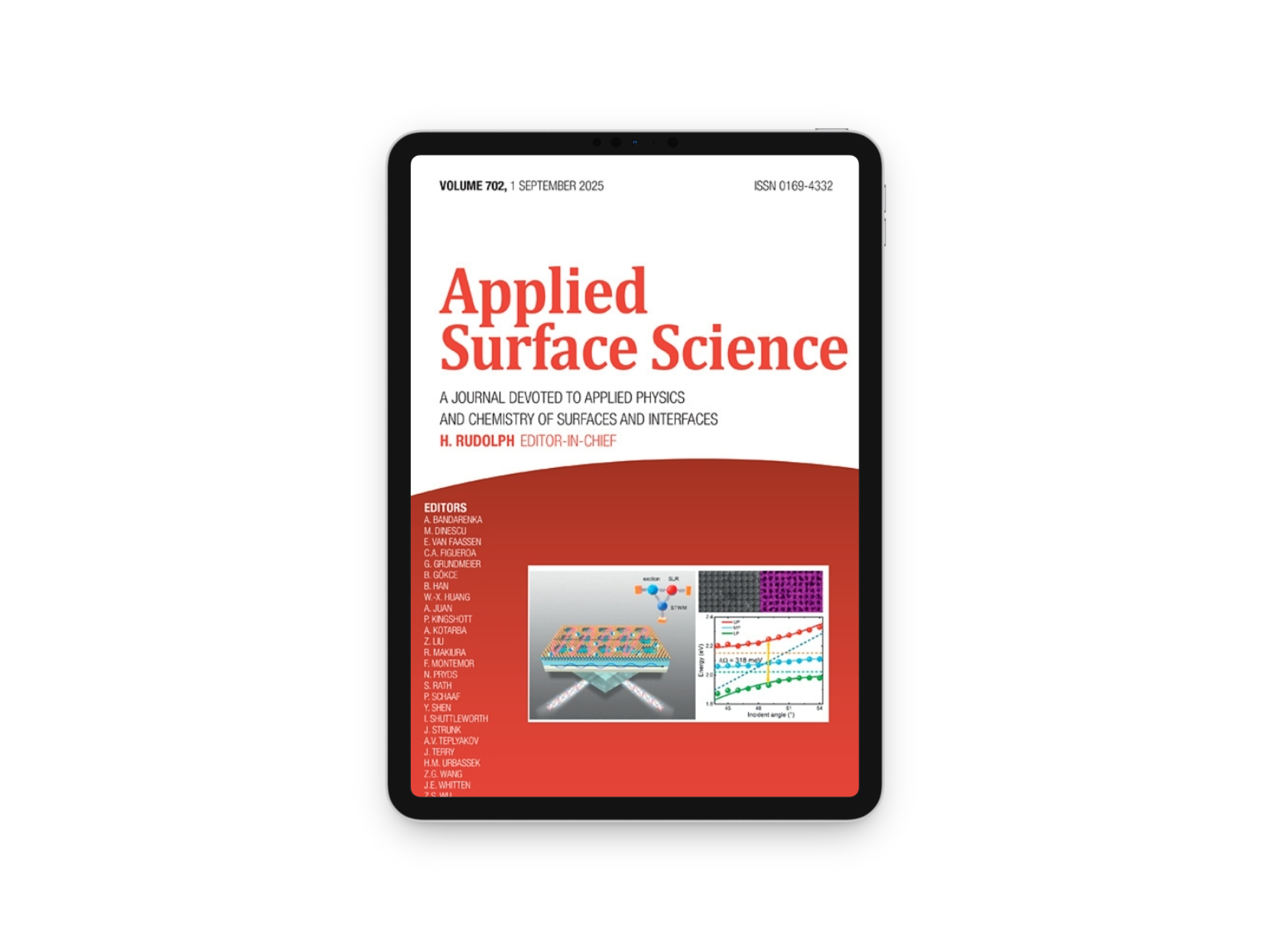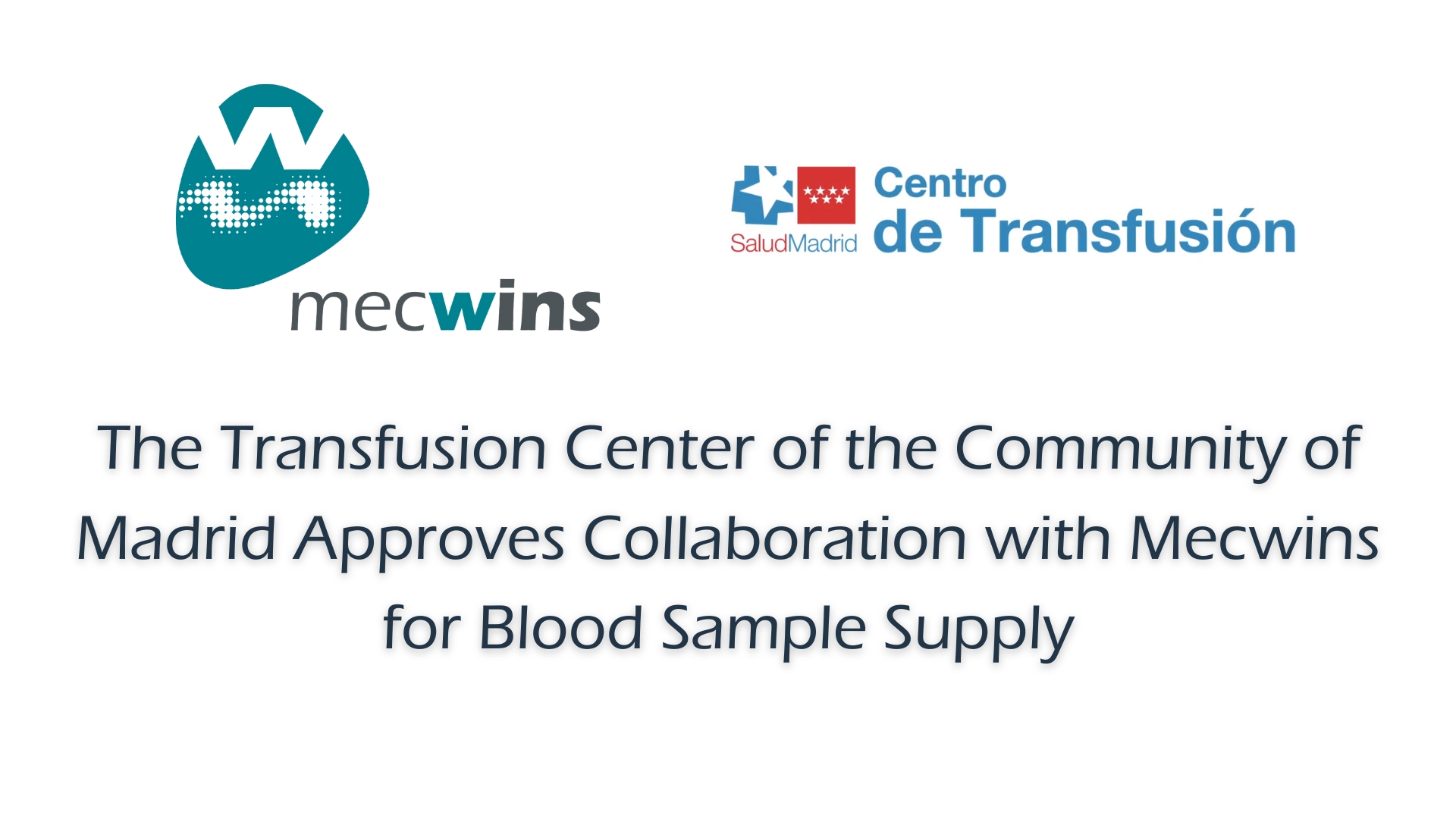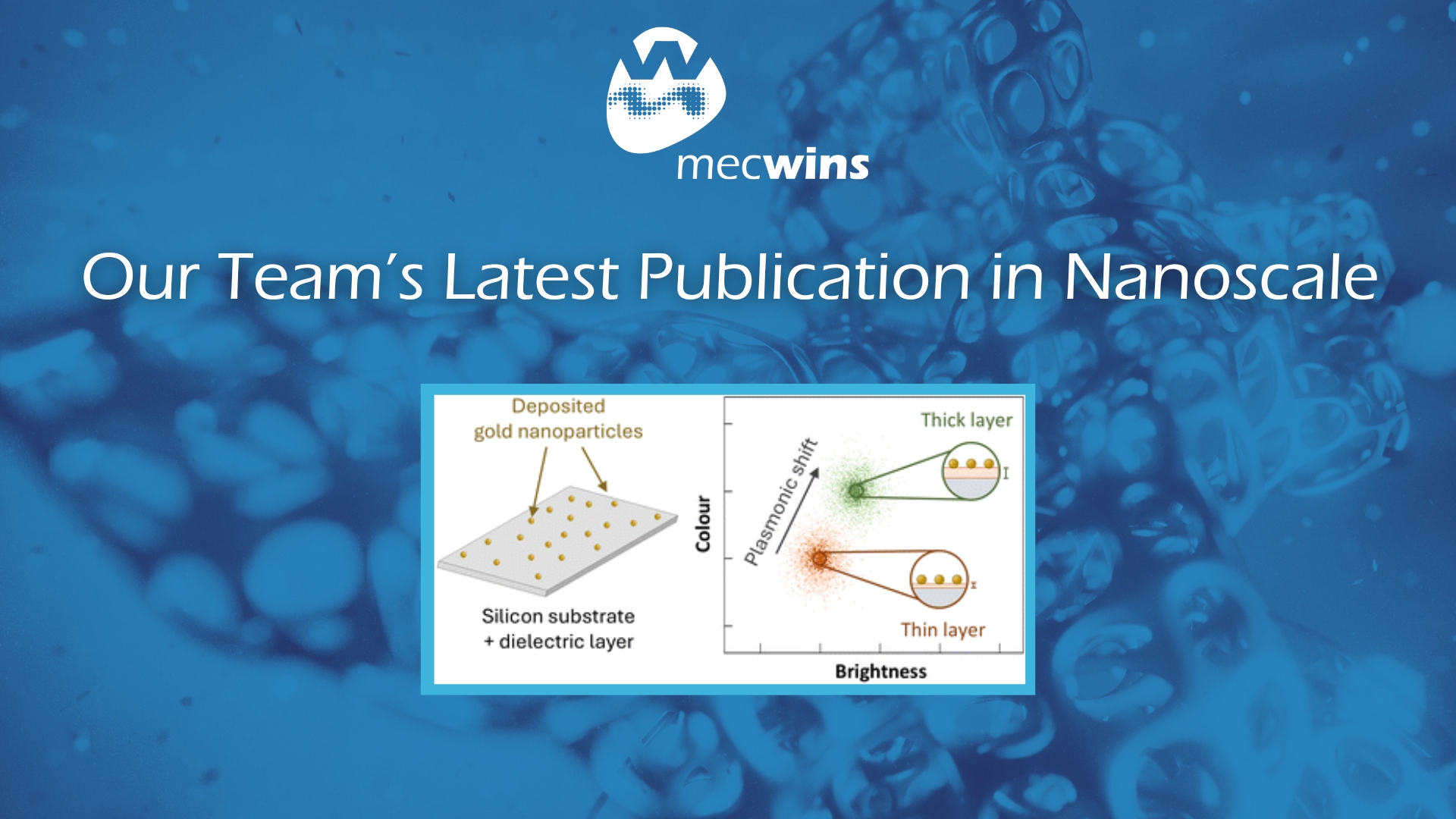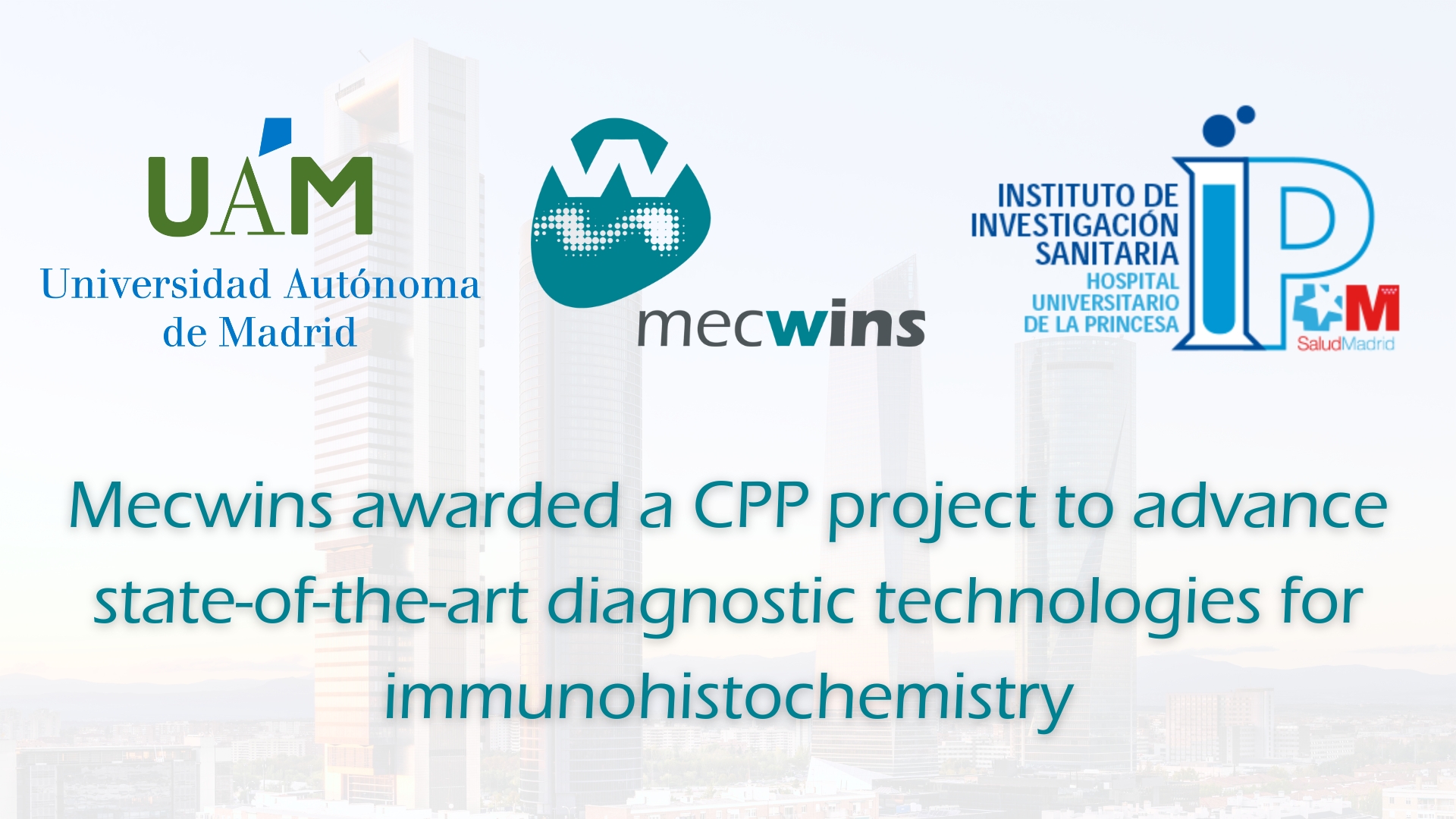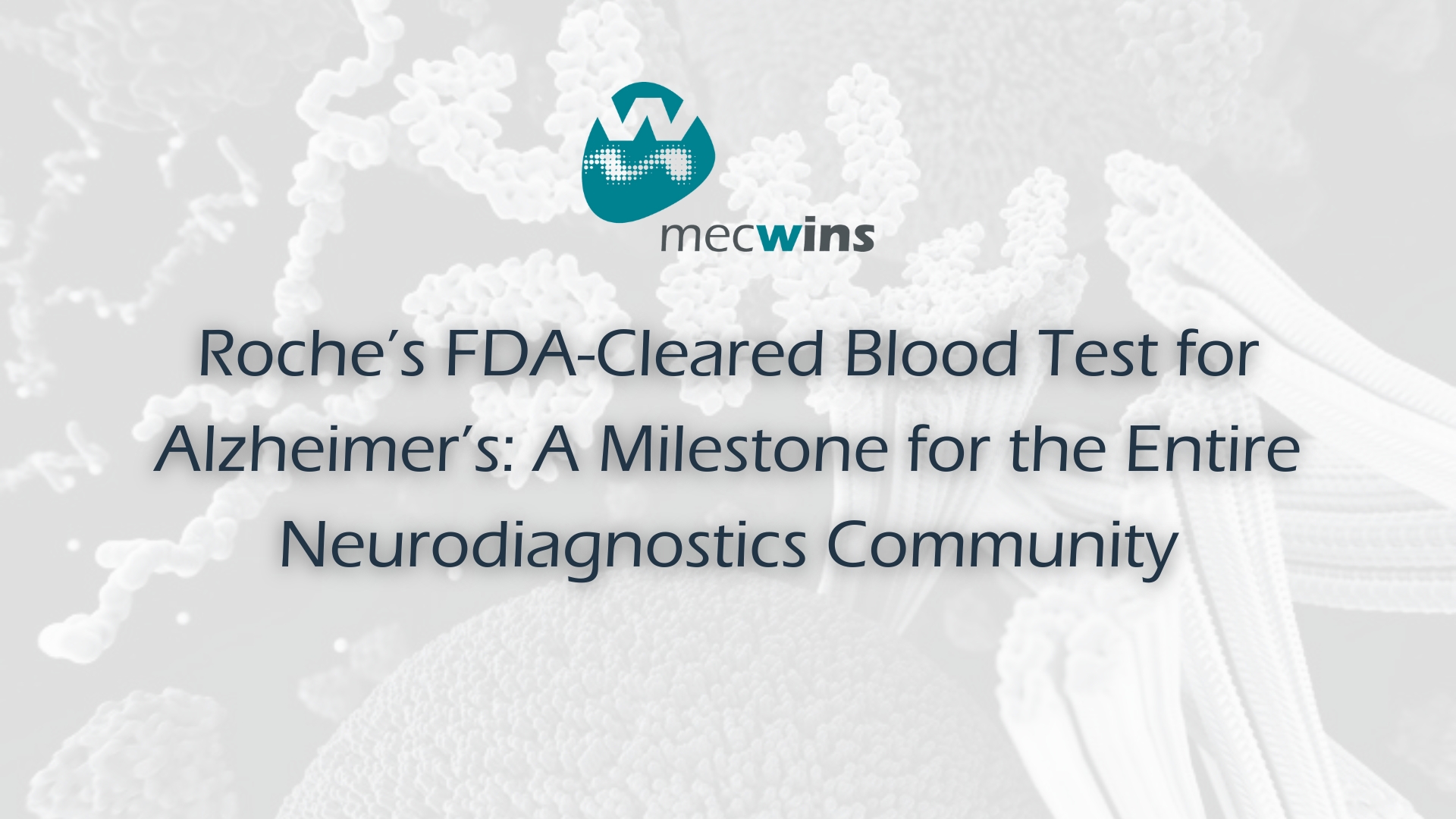
At Mecwins, innovation means digging deep into the details—right down to the nanoscale.
In partnership with UPC researchers, we’ve developed a new strategy to enhance immunosensor performance by optimizing the surface functionalization process. Rather than adding more antibodies (which can actually reduce efficiency), we focused on improving how they bind—more uniformly, more effectively.
Using Atomic Force Microscopy (AFM) and X-ray Photoelectron Spectroscopy (XPS), we carefully analyzed each step in the substrate preparation. One small adjustment—changing the pH during the glutaraldehyde activation step—led to big results: sensitivity improved by 19%, and detection limit reduced by 16%
This refined protocol has been validated using IL-6 immunosensors, but it’s broadly applicable to other biosensors.
Overall, this means higher performance, greater consistency, and lower costs—making our technology even more competitive in diagnostics, health monitoring, and personalized medicine.
Read the full open-access article in Applied Surface Science: https://doi.org/10.1016/j.apsusc.2025.163529

